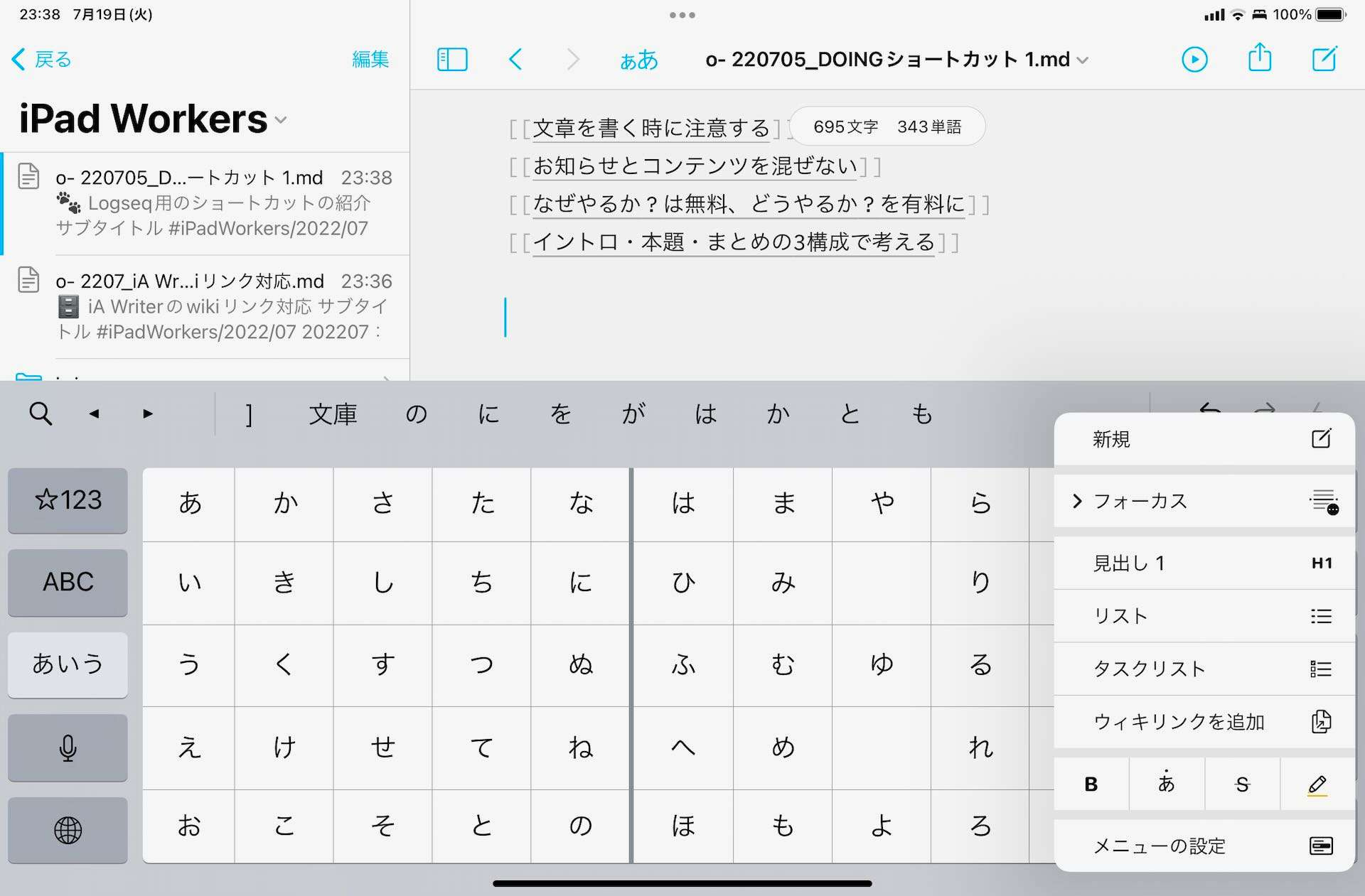
Someone can access and/or change your notes if you share them with them. Furthermore, before deploying to the live site, you can preview the real firing of tags and triggers. The Outgoing Links plugin provides a quick overview of the current note's ties, as well as potential future links. Outgoing linkages can also be used to diverge your thoughts. Backlinks might help you locate notes that are related to the one you're composing. You may see all the backlinks for the active note using the Backlinks plugin. Manifesto Matrix Model Emacs ORG-Mode Noteplan Joplin Obsidian Evernote Trello Notion Todoist The Four Notetaking Styles LogSeq Doom Emacs SpaceMacs IWW. Backlinks can help you connect your ideas. Local graphs show you the relationships in your immediate vicinity. With choices like grouping, filtering, and displaying, you may explore, observe, and stay motivated while doing so. md files, as this is the only plain text format currently recognized by Obsidian. Obsidian provides a graph perspective of your knowledge at a look. The first step is to set NotePlan to use. Moved tasks will contain the block ID from the original location. You can take care of your notes like a gardener, and then sit back and wonder at your own knowledge graph at the end of the day. Inspired by NotePlan, tasks can be moved to another date. Making and following relationships is simple in Obsidian. Obsidian is a robust knowledge base that runs on top of a local folder containing plain text Markdown files. Thus enabling them to open the notes with any text tool as per convenience.read more Data gets stored as plain text files within the user’s device. An intuitive command bar, enables professionals to get a clear overview of the scheduled tasks and complete them in real-time.

They get to save the curated notes in nested folders, which are further saved within original folders. An efficient time blocking feature, lets them schedule tasks that need to be done within a particular time frame. Further, an accurate sync facility with iCloud Reminder and Calendar, lets users get access to relevant information within a unified portal as per their convenience. They can utilize the inbuilt wiki links to make bi-directional connections between individual notes, and the platform will create great combinations out of them. Users can also set up any number of notes as per their business schedule. I just need to browse the backlinks to see all the ways in which I've made reference to it over the entire history of my notes.NotePlan is a calendar-based note-taking app for professionals, which functions on a one-note per day basis. avoids bringing NotePlans Filters/, Themes/, Calendar/ (per se), and Plugins/ (and if thats still a thing for anyone) folders into obsidian to muck up organization there. This linking allows me to externalize the context with which I know a paper.
#NOTEPLAN OBSIDIAN PDF#
At any point while writing, linking a paper I've read (the PDF itself, as well as my notes on it) is a few keystrokes away.

NotePlan has, like Obsidian and Roam, daily notes where you can journal and plan your day. The other note will show the link at the top of the window. You can link a task or a paragraph of text to another note. Perhaps the greatest benefit I've found in using logseq is in organizing the scientific literature I'm reading. How is it similar to Roam NotePlan also has backlinking. But the fact that it's up to me to explictly construct my organizational structure in logseq forces me to be more intentional about how I organize my notes.

You could of course do most of these things with typical note-taking apps that rely on the hierarchical file system motif. As an example, all projects I'm currently working on get ] and ] subnotes. So I end up making subnotes: ] is a pretty common occurrence in my knowledge database. I've found that I still need some degree of hierarchy in my notes, as opposed to just having organic, non-hierarchical linking between everything.


 0 kommentar(er)
0 kommentar(er)
